Related Research Articles

William McKinley was the 25th president of the United States, serving from 1897 until his assassination in 1901. A member of the Republican Party, he led a realignment that made Republicans largely dominant in the industrial states and nationwide for decades. He presided over victory in the Spanish–American War of 1898; gained control of Hawaii, Puerto Rico, the Philippines and Cuba; restored prosperity after a deep depression; rejected the inflationary monetary policy of free silver, keeping the nation on the gold standard; and raised protective tariffs to boost American industry and keep wages high.
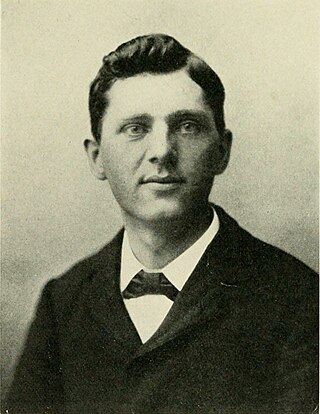
Leon F. Czolgosz was an American laborer and anarchist who assassinated president William McKinley on September 6, 1901, in Buffalo, New York. The president died on September 14 after his wound became infected. Caught in the act, Czolgosz was tried, convicted, and executed by the State of New York seven weeks later on October 29, 1901.

Charles Henry Niehaus was an American sculptor.

The 1886 Charleston earthquake in South Carolina occurred about 9:50 p.m. local time August 31. It caused 60 deaths and $5–6 million in damage to 2,000 buildings in the Southeastern United States. It is one of the most powerful and damaging earthquakes to hit the East Coast of the United States.

James Ford Rhodes, was an American industrialist and historian born in Cleveland, Ohio. After earning a fortune in the iron, coal, and steel industries by 1885, he retired from business. He devoted his life to historical research and publishing a seven-volume history of the United States beginning in 1850; his work was published from 1893 to 1906. He published an eighth volume in 1920. His work, A History of the Civil War, 1861–1865 (1918), won the second-ever Pulitzer Prize for History that year.
More than 1,500 African American officeholders served during the Reconstruction era (1865–1877) and in the years after Reconstruction before white supremacy, disenfranchisement, and the Democratic Party fully reasserted control in Southern states. Historian Canter Brown Jr. noted that in some states, such as Florida, the highest number of African Americans were elected or appointed to offices after the end of Reconstruction in 1877. The following is a partial list of notable African American officeholders from the end of the Civil War until before 1900. Dates listed are the year that a term states or the range of years served if multiple terms.
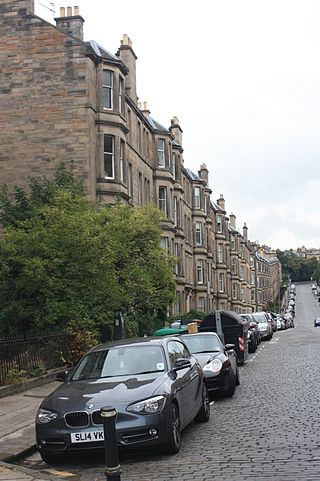
Comely Bank is an area of Edinburgh, the capital of Scotland. It lies southwest of Royal Botanic Garden and is situated between Stockbridge and Craigleith. It is bound on its northernmost point by Carrington Road and on its southernmost point by Learmonth Terrace. The area is covered by Stockbridge and Inverleith Community Council.

George Wesley Atkinson, a cavalryman, lawyer, politician, judge and scholar, became the 10th Governor of West Virginia after running as the candidate of the Republican Party. He also served in the West Virginia House of Delegates, as well as in the U.S. Congress from West Virginia and ended his career of public service as a United States federal judge of the Court of Claims.

Edwin Hurd Conger was an American Civil War soldier, lawyer, banker, Iowa congressman, and United States diplomat. As the United States' minister to China during the Boxer Rebellion, Conger, his family, and other western diplomatic legations were under siege in Beijing until rescued by the China Relief Expedition.

Henry Francis Naphen was a U.S. Representative from Massachusetts.
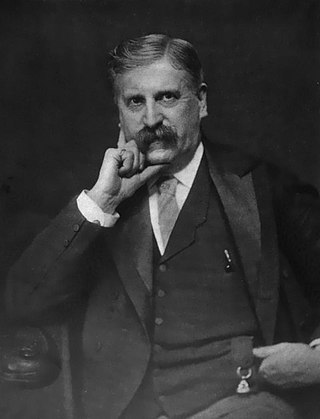
Charles Rufus Skinner was a U.S. Representative from New York.

The Cape Romain Lighthouses are a pair of brick lighthouses on Lighthouse Island southeast of McClellanville, South Carolina. The lighthouses are on the Cape Romain National Wildlife Refuge. The lighthouses were named to the National Register of Historic Places in 1981.
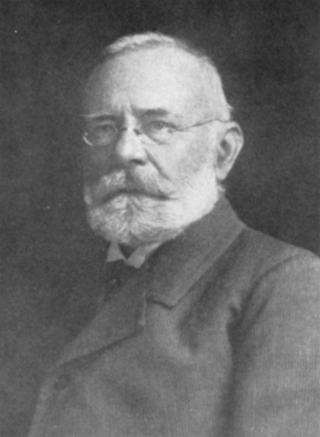
Charles Conrad Schneider, often referred to as C. C. Schneider, was an American civil engineer and bridge designer. Schneider was also a member and president of the American Society of Civil Engineers.

Paul Johannes Pelz was a German-American architect, best known as the main architect of the Library of Congress in Washington DC.
The following is a timeline of the history of the city of Jacksonville, Florida, USA.
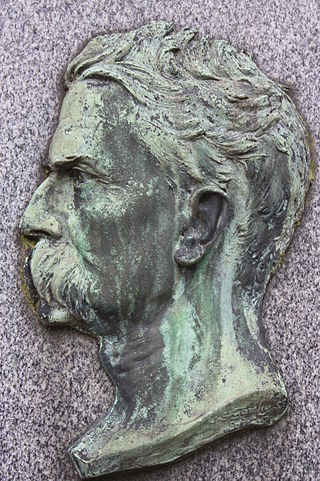
Charles McBride was a Scottish sculptor active in the second half of the 19th century.
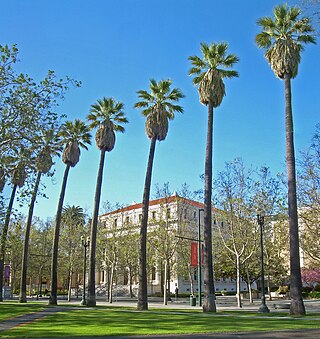
St. James Park is a 6.8-acre (2.8 ha) park in downtown San Jose, California. Originally laid out as St. James Square in 1848, local newspapers dubbed the site a park in 1885, shortly after a fountain was installed in the center of the area. In 1933, two men who were accused of kidnapping and murdering Brooke Hart were lynched in St. James Park. Since then, a road and light rail tracks have been added, bisecting the park; it is now a popular gathering spot for the homeless population of San Jose.
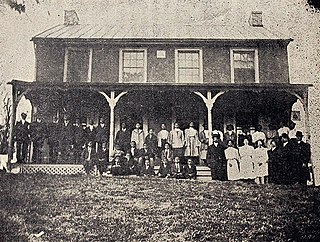
The Downingtown Industrial and Agricultural School (DIAS) was a school for African Americans in Chester County, Pennsylvania from 1905 until 1993. Its motto was "Self help through self work".
Aesop Goodson was a state legislator and judge in South Carolina.

Isaac Norton Rendall was an American Presbyterian minister and academic administrator. He served as president of Lincoln University for forty-one years (1865–1906).
References
- ↑ McKinley, Carl (January 1, 1886). "The August cyclone. A descriptive narrative of the memorable storm of 1885. Some mention of the destruction of property in and around Charleston--The character of the disturbance explained, and its progress traced from its origin in the West Indies to its disappearance in the North Atlantic ocean". Rare Books.
- ↑ "Charleston Still Shaking With Memories of 1886 Earthquake". Los Angeles Times . 1986-08-31. Archived from the original on 2022-03-22.
- ↑ Dutton, Clarence E (November 1, 1890). ... The Charleston earthquake of August 31, 1886. Govt. Print. Off. OCLC 2340451 – via Open WorldCat.
- ↑ "An Appeal to Pharaoh. The Negro Problem and its Radical Solution. Edited, with introduction, by Gustavus M. Pinckney by Carlyle McKinley on Ian Brabner, Rare Americana, LLC". Ian Brabner, Rare Americana, LLC.
- ↑ Austin, Henry; McKinley, Carlyle; Courtenay, William Ashmead (April 3, 1901). "Timrod Souvenir: 1901--At His Memorial: 1877--At His Unmarked Grave; 1865--The Promise". Printed at the Palmetto Press – via Google Books.